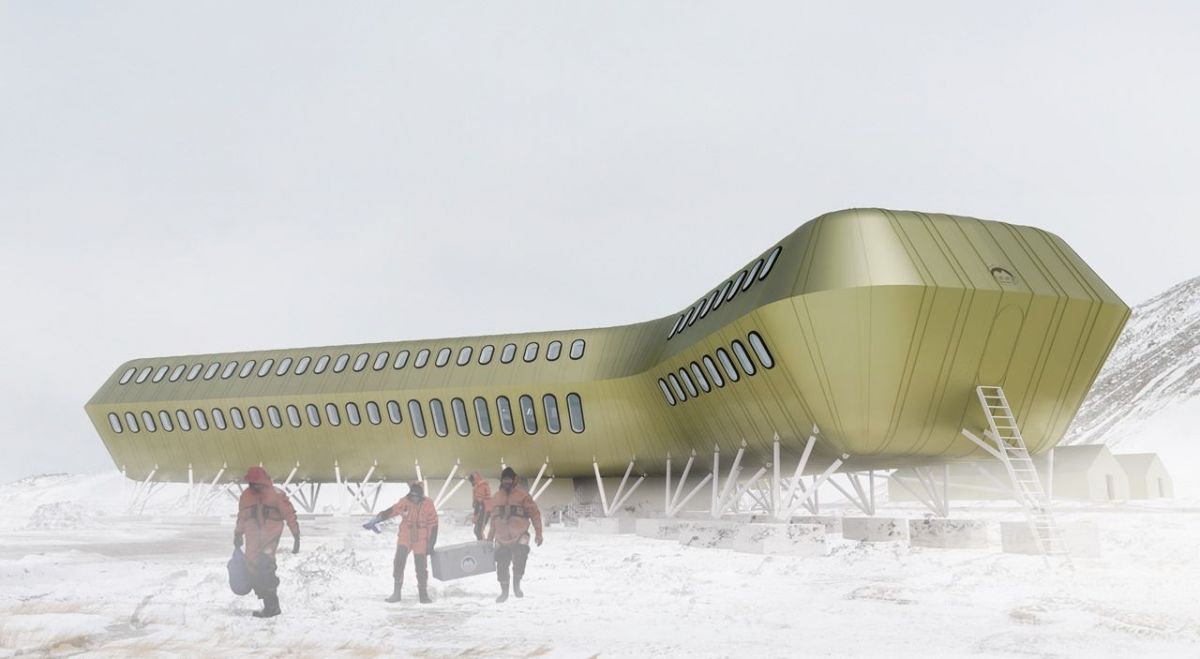The Henryk Arctowski Polish Antarctic Station, operated by the PAN Institute of Biochemistry and Biophysics, can be found on King George Island, 120 km north of Antarctica. In 1977, the main building was several metres from the shoreline, but now, due to climate change and rising sea levels, the waves of the stormy seas are threatening to wash the building away. Over the years, the structure has grown old and fallen into disrepair, and so the Polish researchers who use it need somewhere new. In 2015, the Kuryłowicz & Associates architectural studio drew up the concept for a new station and the detailed design was then provided by a consortium of Demiurg and Home of House. Dekpol Budownictwo is the general contractor, which will be using steel and concrete elements produced by its subsidiary Betpref. The station is to be built with a PLN 88 mln grant awarded in 2018 by the Ministry of Science and Higher Education.
Well embedded
Both the design and the construction work itself































































